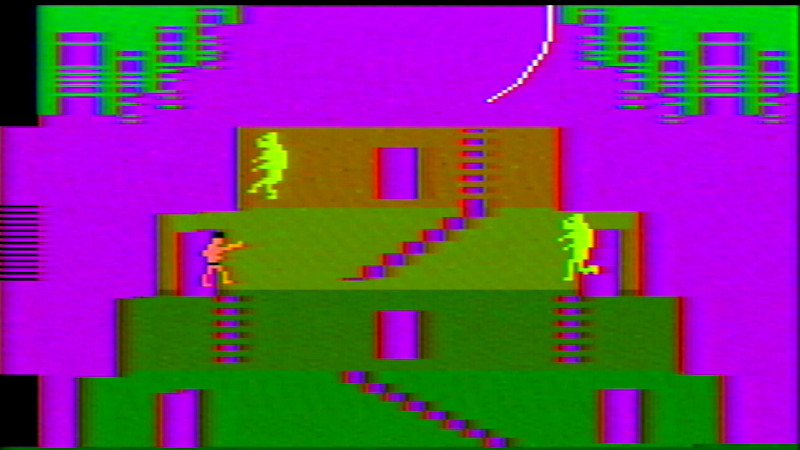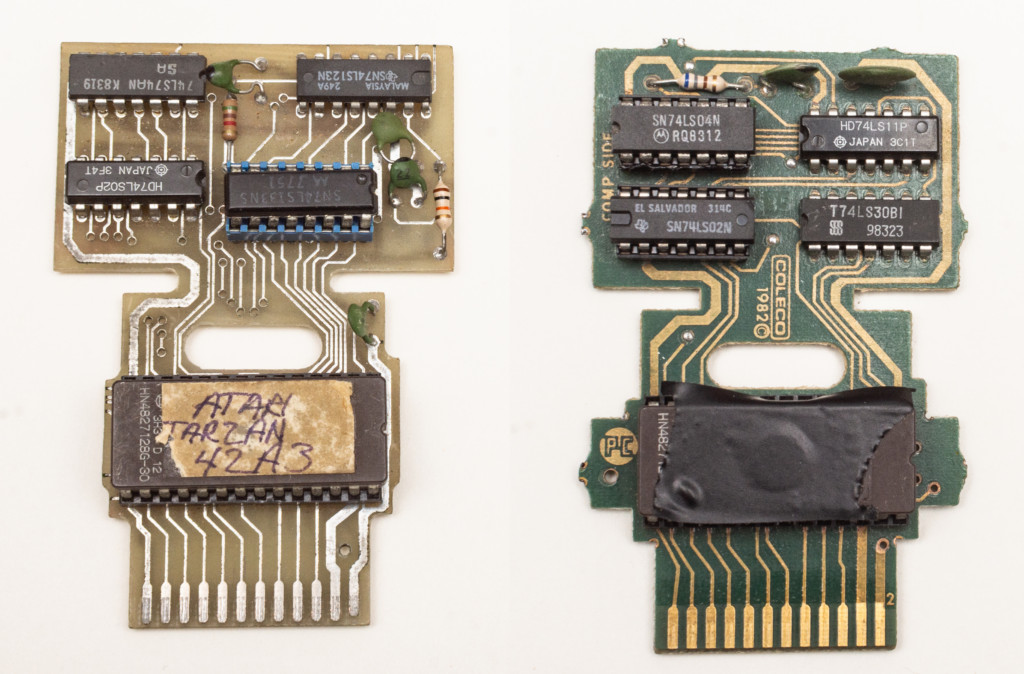Computer gaming history is littered with tales of fabled lost hardware and software. Some of them are very famous such as the E.T. cartridges buried in a desert landfill or the few prototype SNES/CD-ROM hybrid that Nintendo was developing with Sony before the introduction of the PlayStation, but others have faded somewhat into obscurity. Among these is Tarzan for the Atari 2600, a game which was never released due to the 1983 console crash, and which the [Video Game History Foundation] have a report on its rediscovery and preservation.
The game was to be published by Coleco for their ColecoVision console as well as the 2600. The ColecoVision version was released and was apparently even fairly well reviewed, but the Atari port was canceled and its very existence eventually faded into obscurity.
Then a manual surfaced in 2011, and in 2022, a pair of prototype cartridges were sold off by a former Coleco employee. The write-up goes into great detail on the video game production and provides a fascinating snapshot of the turbulence in the industry at the time. But what really caught our eye were the two cartridges themselves. We have an obvious prototype board and a more professional looking example, both with a ROM and set of TTL chips used for bank switching. Interestingly the chips are different on each board, as well as the variety of manufacturers and date codes pointing to a hand-assembled board.
While the game seems quaint to modern eyes, it’s definitely pushing the boundaries of the console as much as any modern AAA game pushes that console under your TV today. If you’re thirsty for more tales of 1980s consumer computing, look no further than our colleague [Bil Herd]’s account of his days at Commodore.


















Very interesting!
I was reading through the article of gaminghistory and while reading, I’ve noticed that I was learning more about rational, emotionless business strategies in the US of the 80s than about the actual VCS game.
In the later part, the focus went back on the game again, though.
“But the 2600 version faded into obscurity, considered just another project canceled due to the 1983 North American market collapse and its yearslong aftermath.”
I had to smile when I read this early on in the article.
“North American market”. As if that had to be mentioned specifically here.
In the place I live (EU), “America” is usually being associated with the US.
If it was about South America, we would say so. Also, what about Canada? It is also part of North America.
And the article leaves me clueless if it’s meant to be included here.
Why didn’t it just say “USA” or “the states”?
Anyway, no big deal. Just found this part a bit amusing. :)
because it wasn’t just limited to the USA, but the vast majority of North America? or that “North American market” also includes Mexico and Canada as the USA has free trade with both?
That’s exactly what I meant.
While the most logical way of seeing it is by going by the continent, as you say, it’s seldomly clear how it’s really meant in a given situation/context.
“North America” can be associated with either.
Either as the whole continent (physical) or that one country (political) with America in its name.
I admit, though, for people living there it might be easier to distinguish than people from other places.
Because the latter may wonder “do they really mean the whole landmass here or just the most prominent country?”
Absolutely no one living in North America would ever use that phrase to refer to *just* the USA. Sometimes if the writer is ignorant they’ll use it to mean just the US and Canada though, forgetting about the other parts of it.
Now imagine having a 128k cart or 512k,
Replace the dip switches with a 74138 and a old
And map part of ROM space and mirror addresses to the extra ROM, adding extra ram is much more tricky since no rw or dedicated chip select
So for ram you need double the address space per byte one set to read and other to write, unless you slap a mcu on it… shit just use nor or nand flash and thow a a couple megs on there and the vcs is slow enough that you could use the nor flash as both rom and ram, even modern nand chips still operate via an 8bit parallel mode, and its mutiplexed so it’s easier to shove on a vcs cart with less glue logic
https://forums.atariage.com/topic/258095-128k-multicart-board-32-x-4k-banks-questions/
And a (c)pld*
“Now imagine having a 128k cart or 512k”
Kilobit, I assume? :)
People of the current generation may no know that cartridge capacity used to be measured in Bit rather than Byte (Kbit, Mbit).
Then there are older folks who’re referring to a homecomputer having 64k or 64K of RAM.
And not all of them use lowercase/uppercase to specific whether it’s KiloBit or KiloByte.
That’s a 1Megabit cartridge
128kilobytes
Largest commercial vcs cartridge ever was half that
I’m old, I assumed he meant kilobytes
Given the context of vcs and actually reading my old Atariage posts
It’s clear octal bytes are used
Funny because I made see also a 128 kilobit and 256kilobit versions
Which is considered 16-32kbytes
Why all that logic for a stock 16 or 32kbit
Do the even make cmos flash that small nowadays? And not i2c or serial ones…
Atleast 64k and higher
And anything over a meg you’ll just use a nor or nand flash with spi/parallel
But need level shifts for 3.3
EEPROMs rather than ROM I would guess – the circular lump under the tape would be the quartz window…